The Bristol-based Douglas Foundry took up motorcycle production in 1907 with a machine powered by a horizontally-opposed, twin cylinder engine, a format with which Douglas kept faith until it ceased motorcycle production in 1957. Fore-and-aft installation made for a slim machine with a low centre of gravity and the design’s virtues were soon demonstrated to good effect in competition. Douglas motorcycles were to dominate the 1912 Junior TT in the Isle of Man, taking first, second and fourth places that year and, with the new countershaft three-speed gearbox, won the Team Prize in the 1914 Six Days Trial, a conspicuous success which resulted in Douglas obtaining a highly lucrative war-time contract for the supply of military machines. The more bold and adventurous ladies of the pre-Great War years were catered for by the Douglas Model S open frame Ladies Model with foot-operated clutch and kickstarter. Interestingly for the 1913 season this was the most expensive Douglas model listed at £53. With the commencement of hostilities in 1914 Douglas manufacturing facilities were devoted to production of military machines, however this bike with its 20,000 and later frame and engine number series does date from wartime years - specifically 1915. This machine was acquired some thirty years ago by well-known restorer and collector, the late Brian Frank, and has remained in his family ownership ever since. It was restored by Brian Frank to excellent running order however has been in good storage, although unused in recent years and will no doubt require the usual careful recommissioning. It is equipped with leather tool panniers, rear luggage carrier, acetylene headlamp, P&H acetylene generator and a Miller rear lamp. Gear change is conveniently mounted atop the petrol tank where an oil feed sight glass enables adequate lubrication to be observed. This rare and attractive machine is offered with a Swansea V5C registration document.
The Bristol-based Douglas Foundry took up motorcycle production in 1907 with a machine powered by a horizontally-opposed, twin cylinder engine, a format with which Douglas kept faith until it ceased motorcycle production in 1957. Fore-and-aft installation made for a slim machine with a low centre of gravity and the design’s virtues were soon demonstrated to good effect in competition. Douglas motorcycles were to dominate the 1912 Junior TT in the Isle of Man, taking first, second and fourth places that year and, with the new countershaft three-speed gearbox, won the Team Prize in the 1914 Six Days Trial, a conspicuous success which resulted in Douglas obtaining a highly lucrative war-time contract for the supply of military machines. The more bold and adventurous ladies of the pre-Great War years were catered for by the Douglas Model S open frame Ladies Model with foot-operated clutch and kickstarter. Interestingly for the 1913 season this was the most expensive Douglas model listed at £53. With the commencement of hostilities in 1914 Douglas manufacturing facilities were devoted to production of military machines, however this bike with its 20,000 and later frame and engine number series does date from wartime years - specifically 1915. This machine was acquired some thirty years ago by well-known restorer and collector, the late Brian Frank, and has remained in his family ownership ever since. It was restored by Brian Frank to excellent running order however has been in good storage, although unused in recent years and will no doubt require the usual careful recommissioning. It is equipped with leather tool panniers, rear luggage carrier, acetylene headlamp, P&H acetylene generator and a Miller rear lamp. Gear change is conveniently mounted atop the petrol tank where an oil feed sight glass enables adequate lubrication to be observed. This rare and attractive machine is offered with a Swansea V5C registration document.

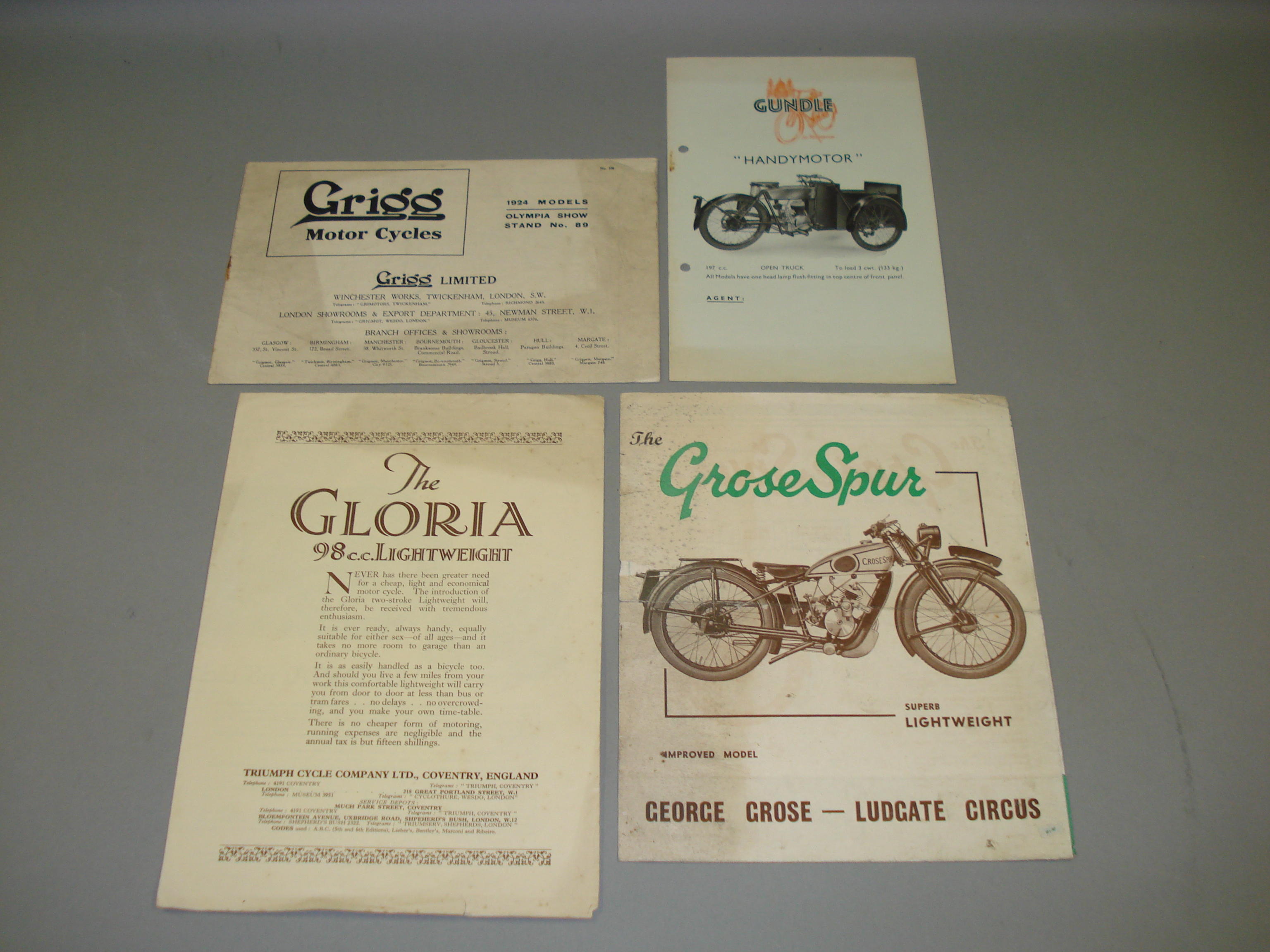
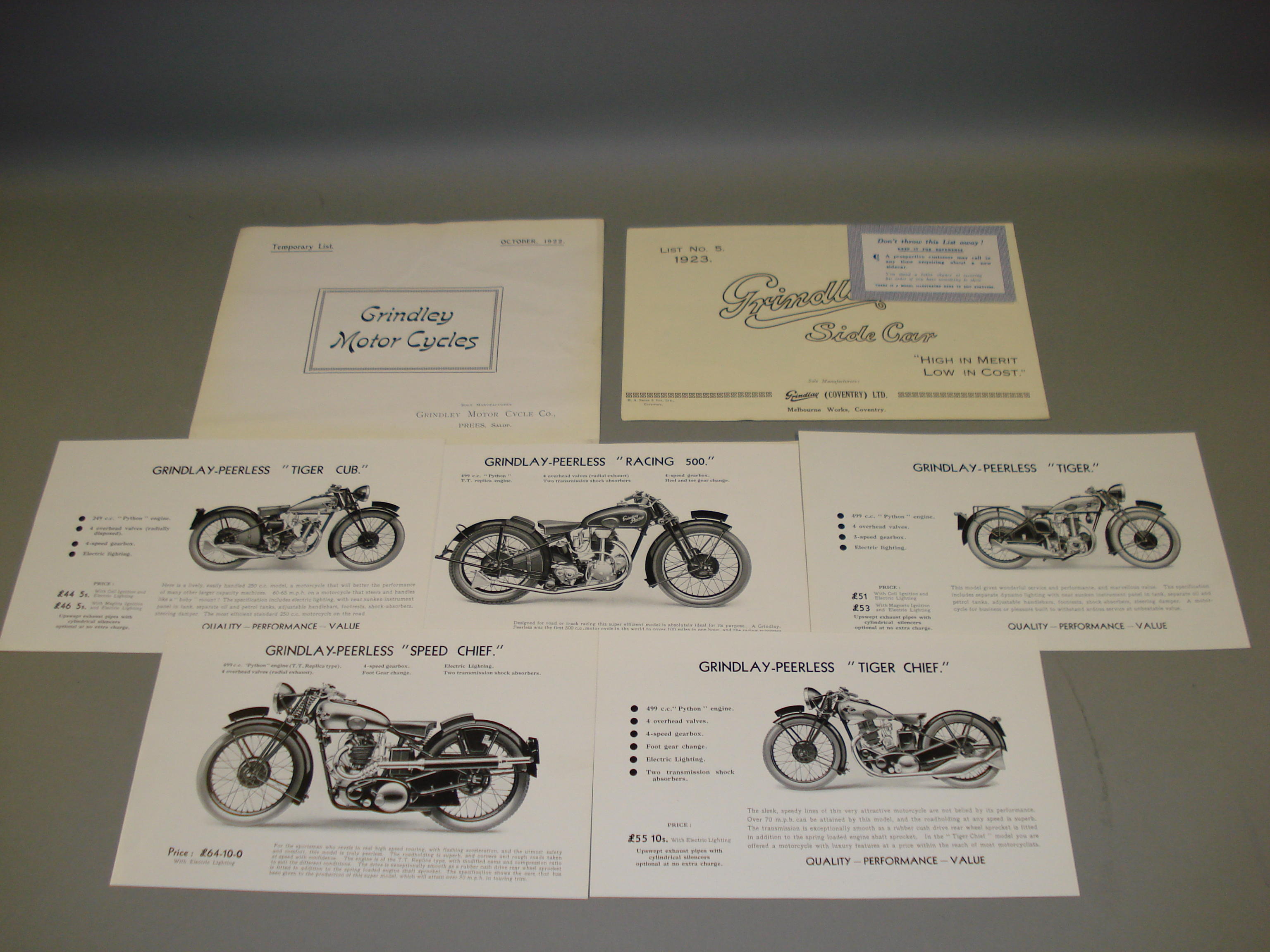
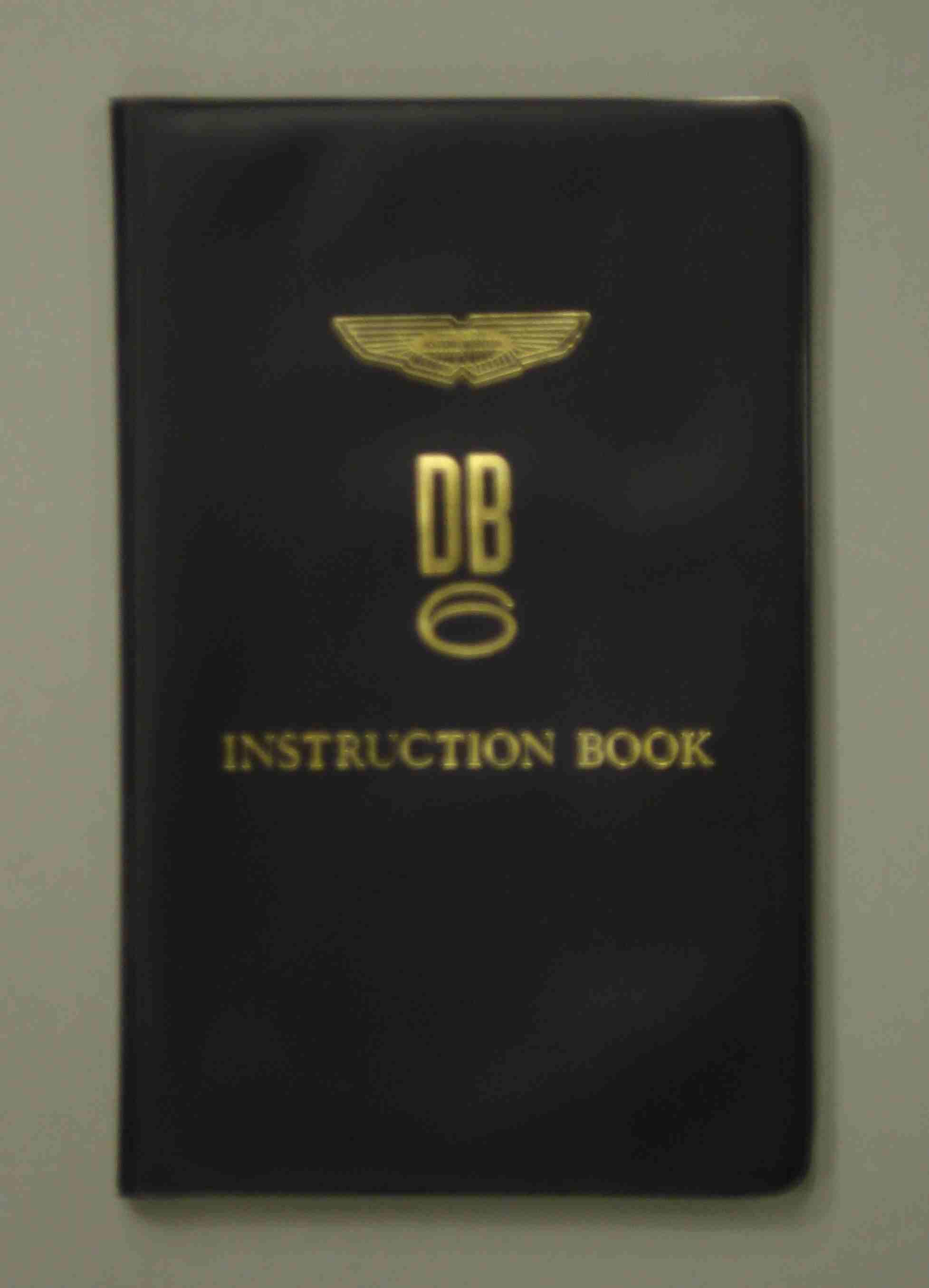
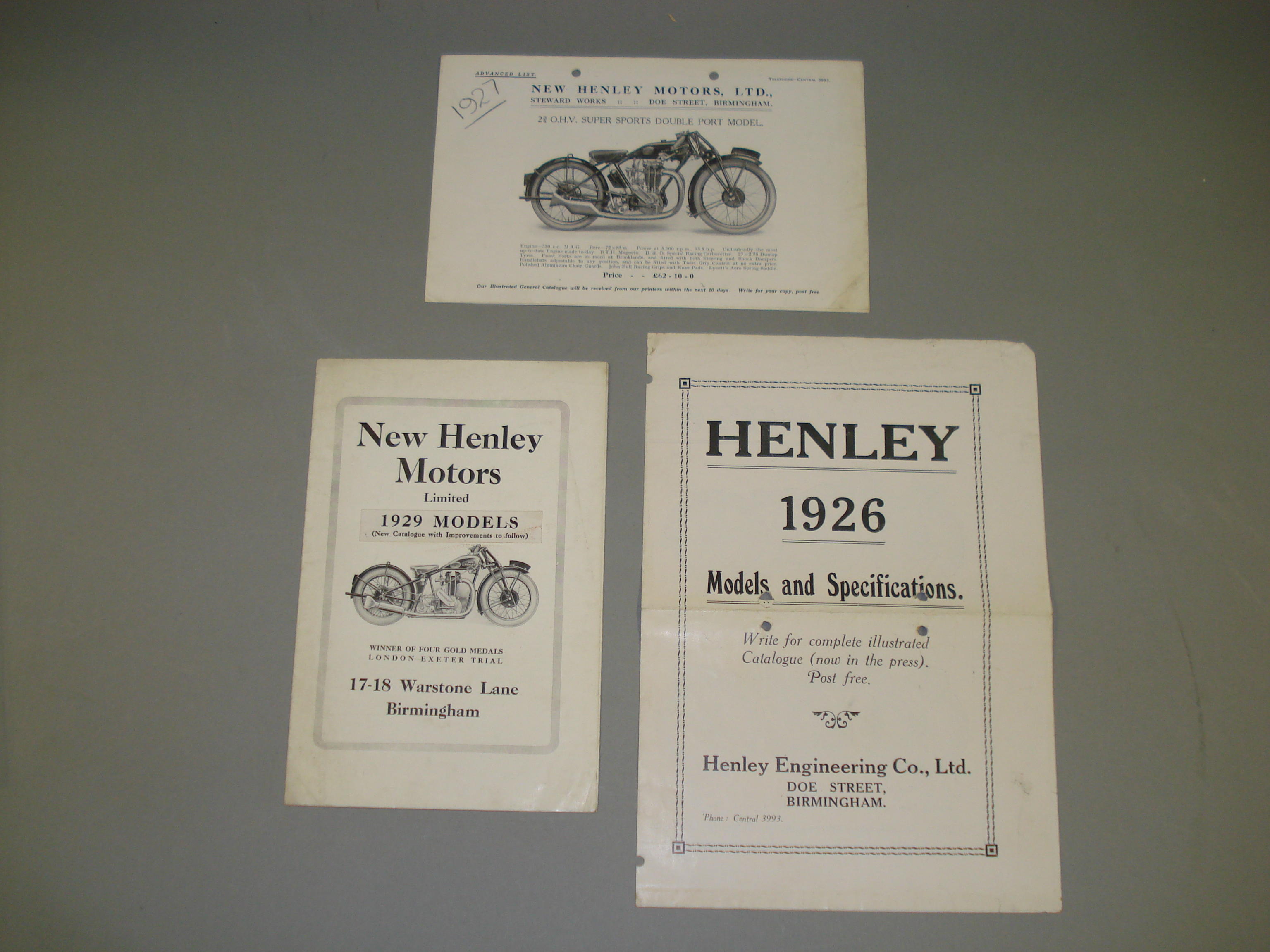
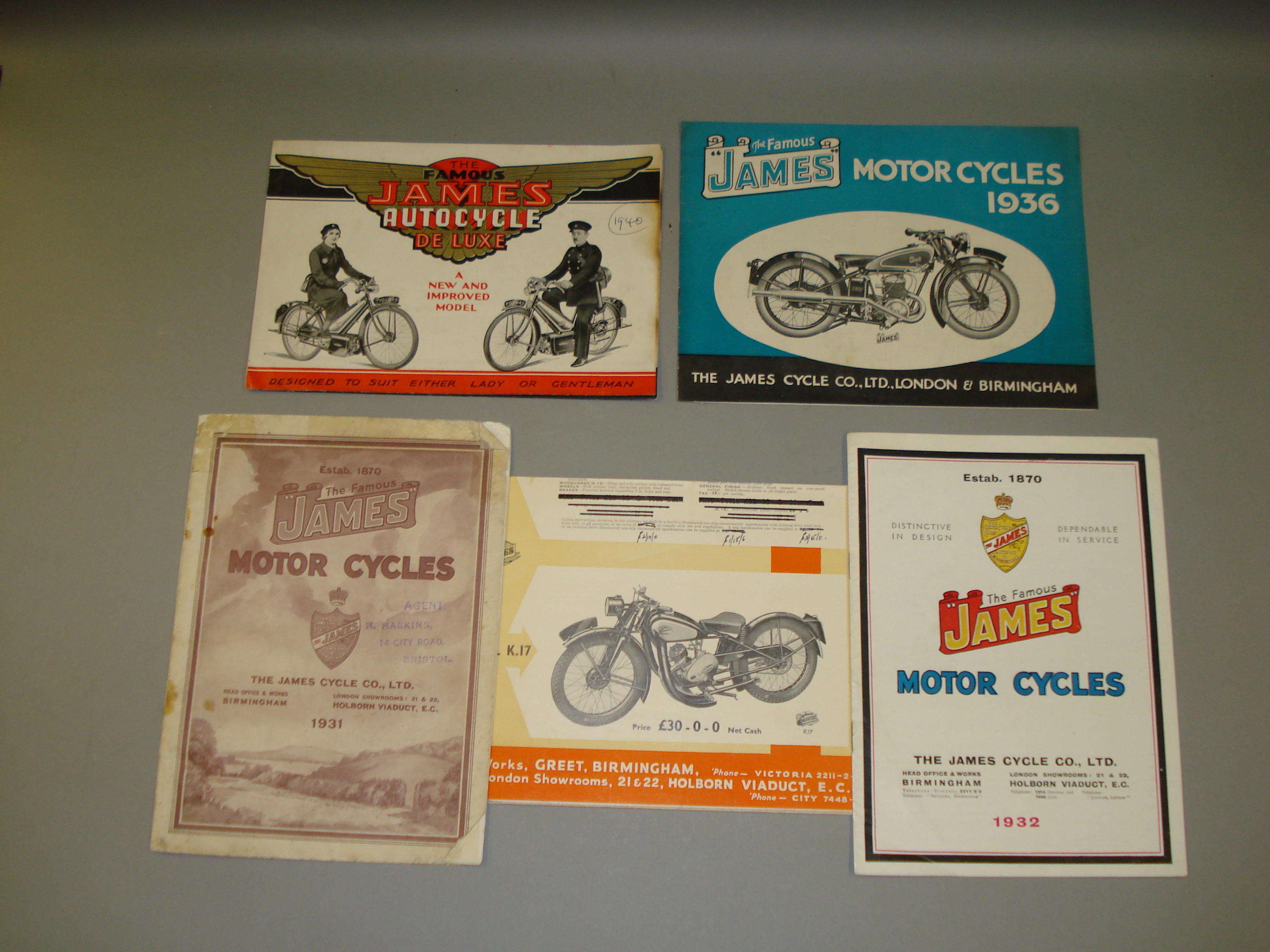
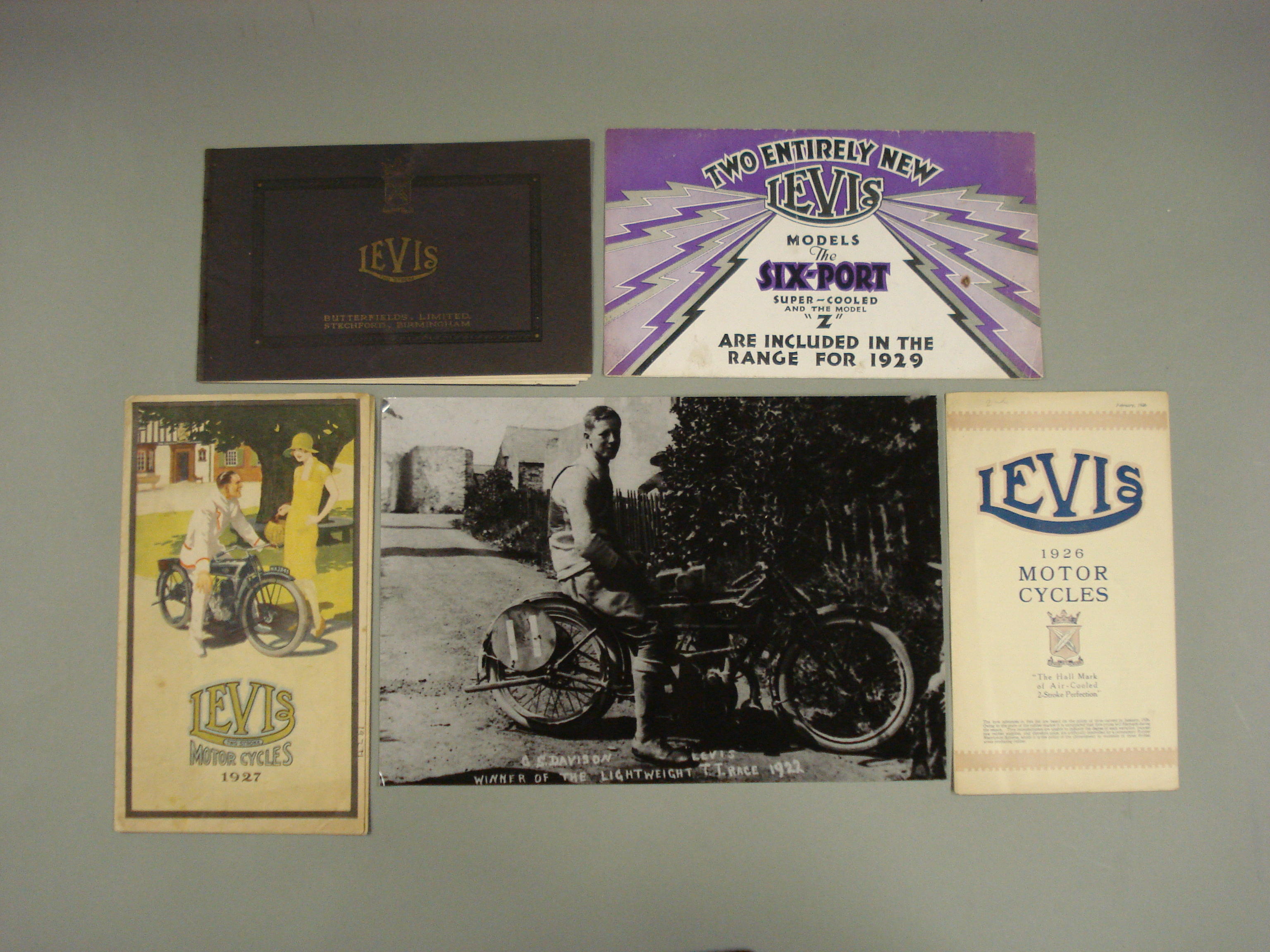
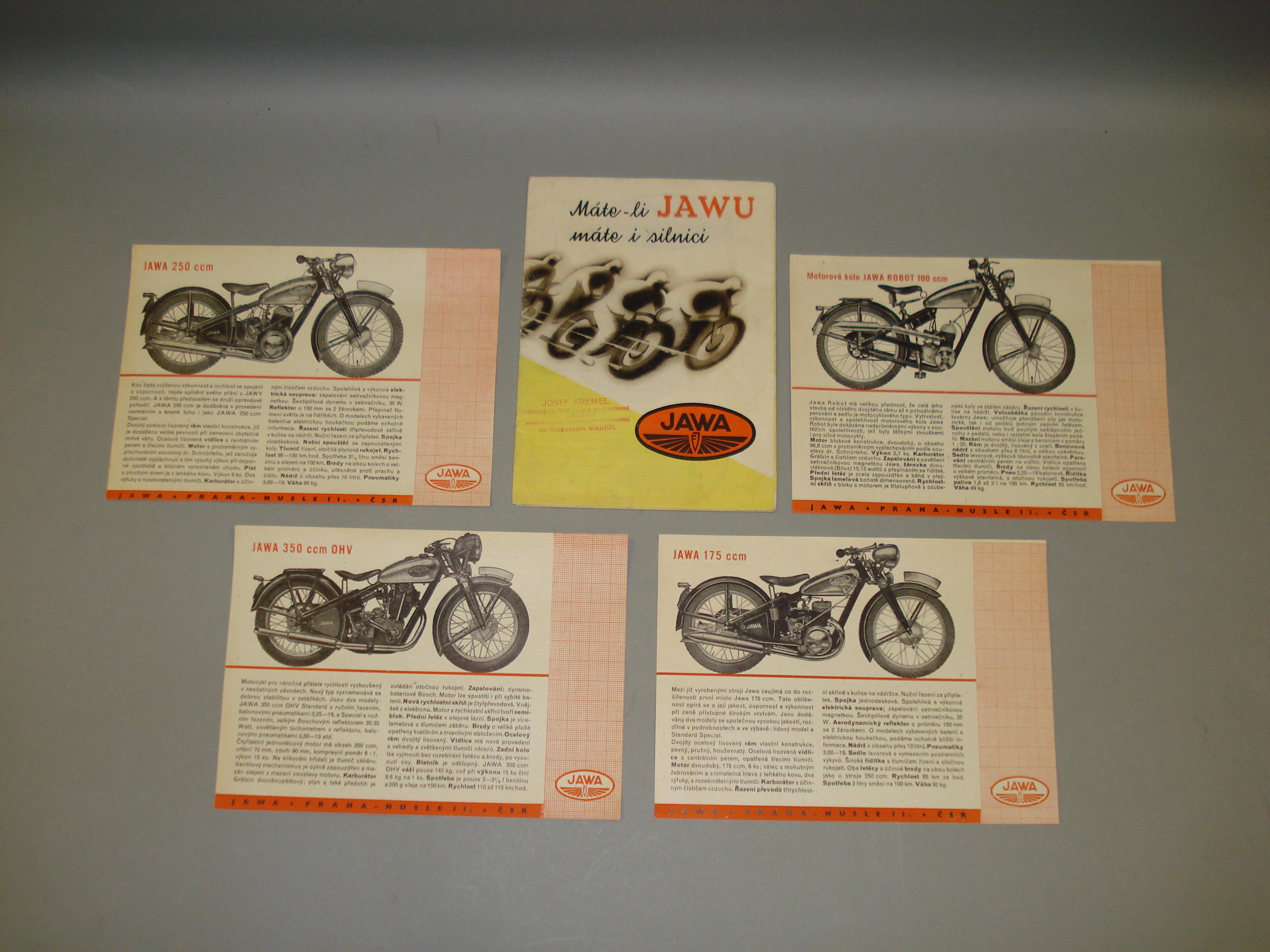
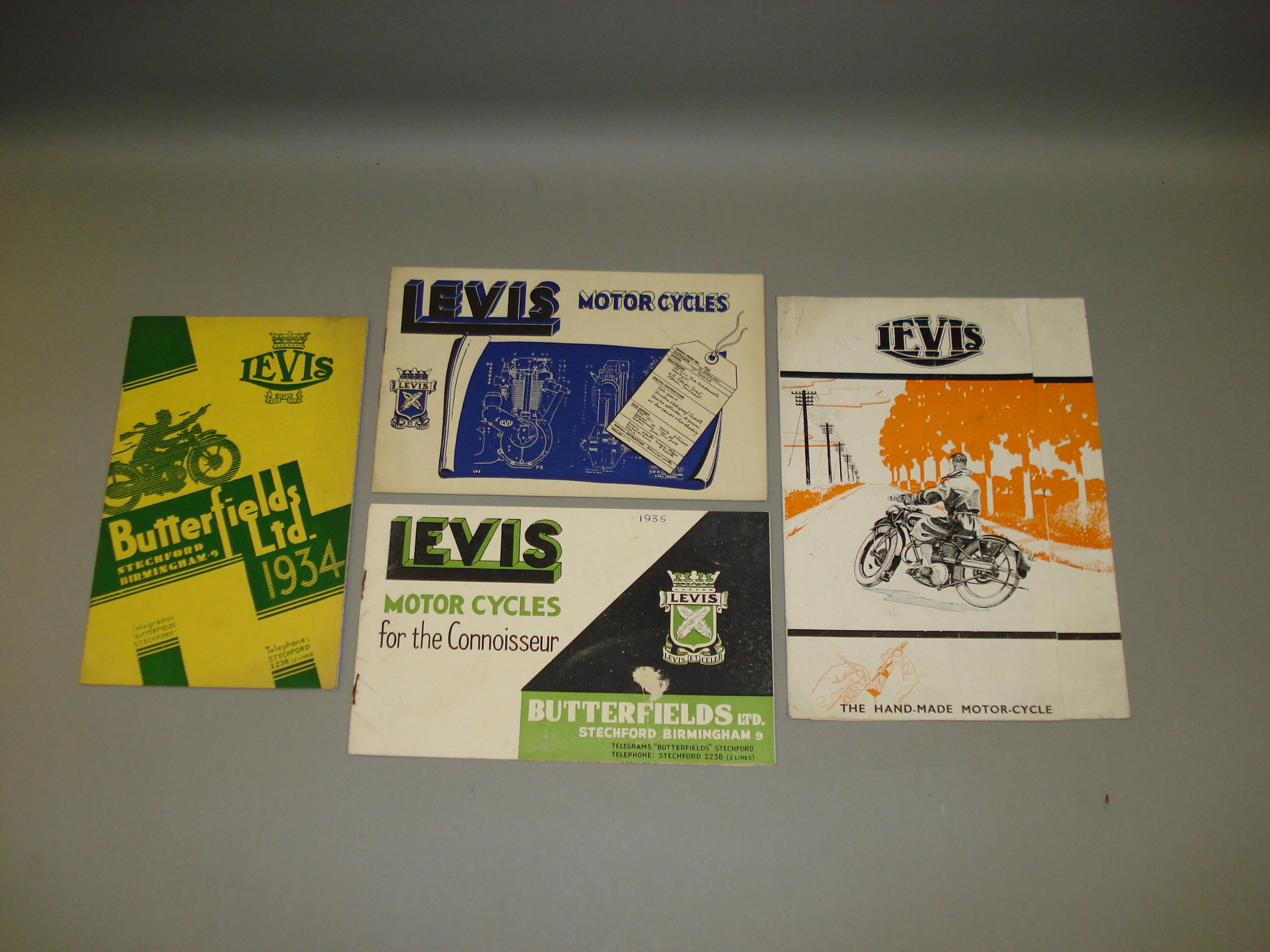
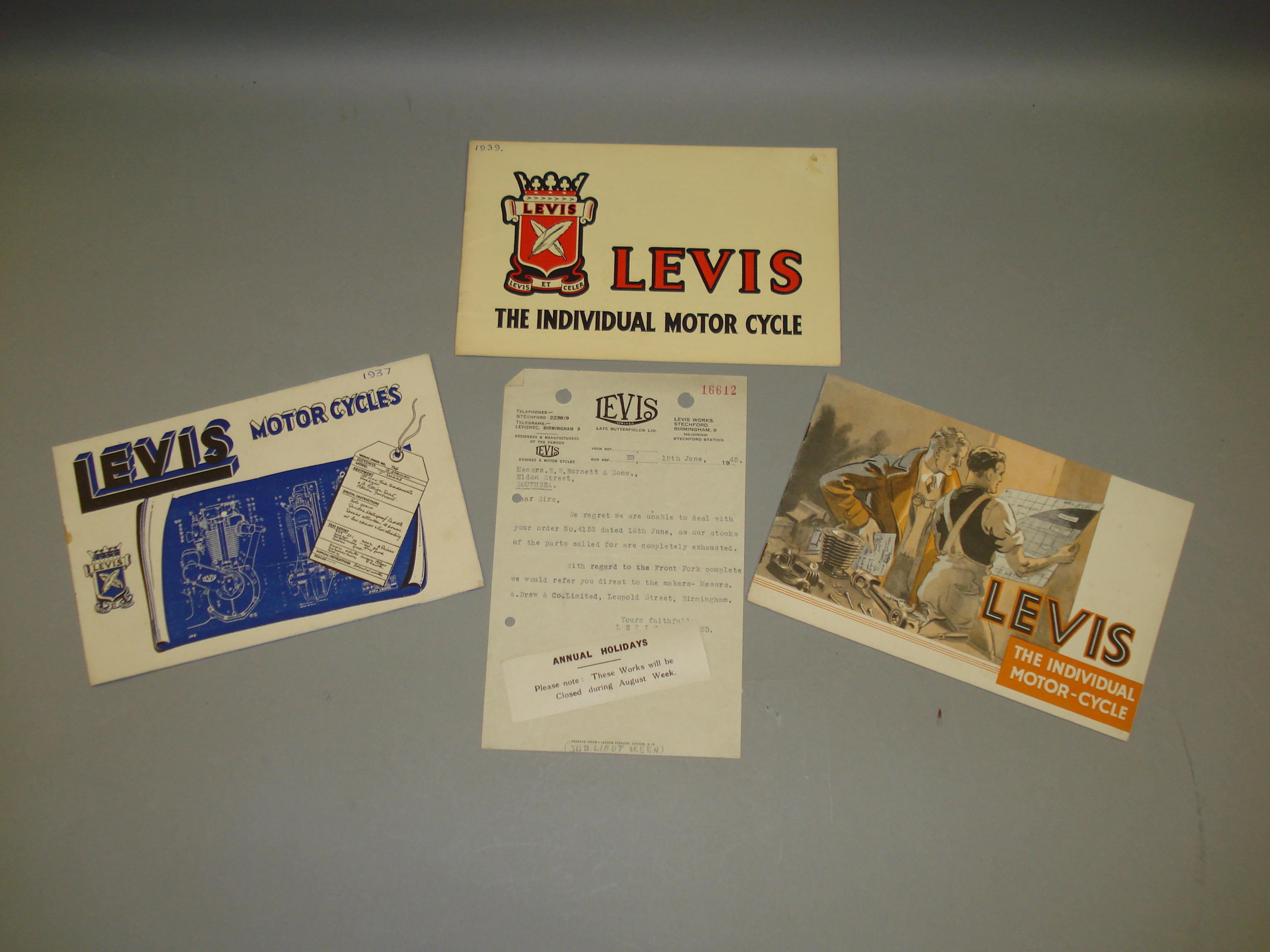
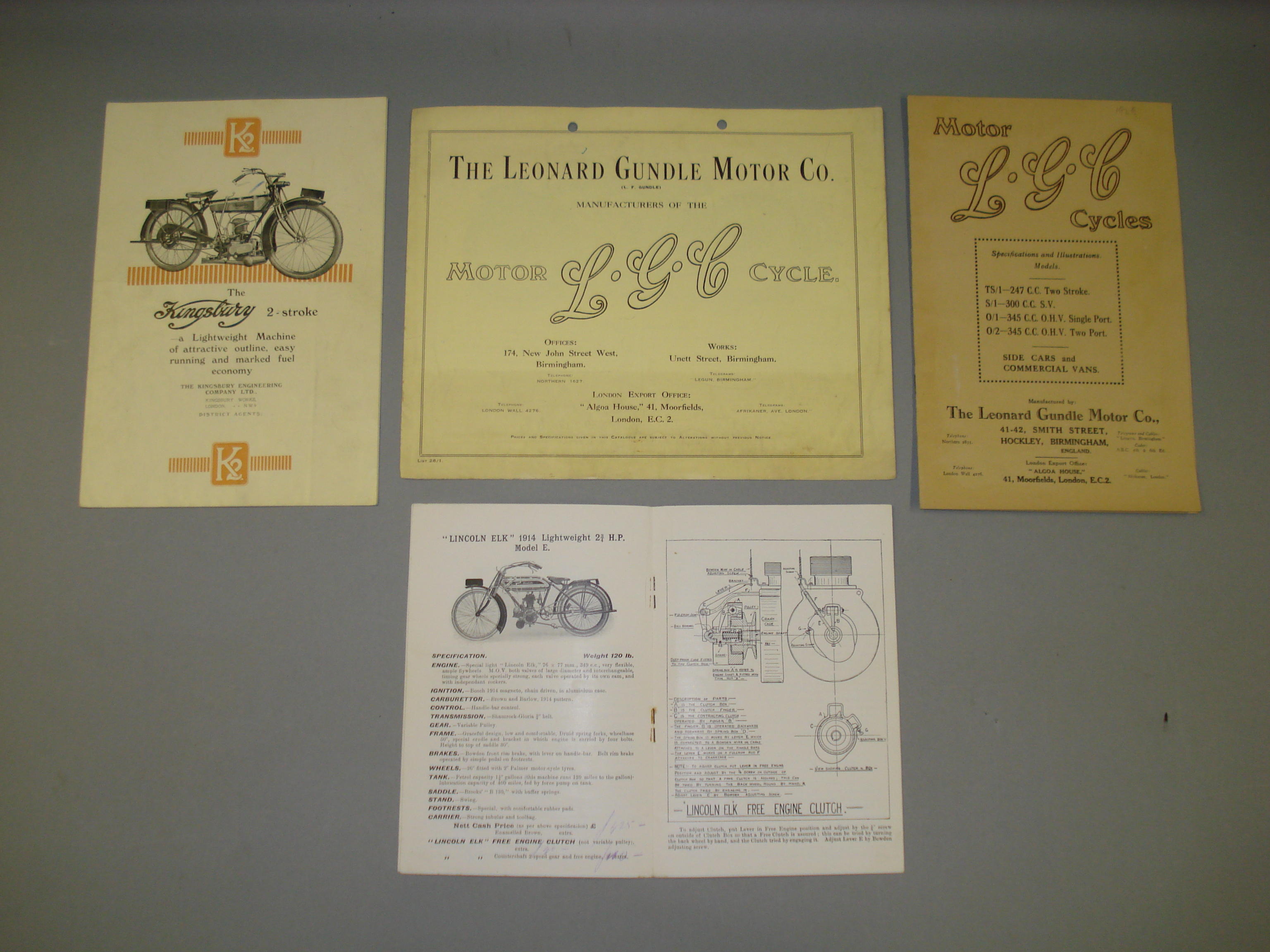

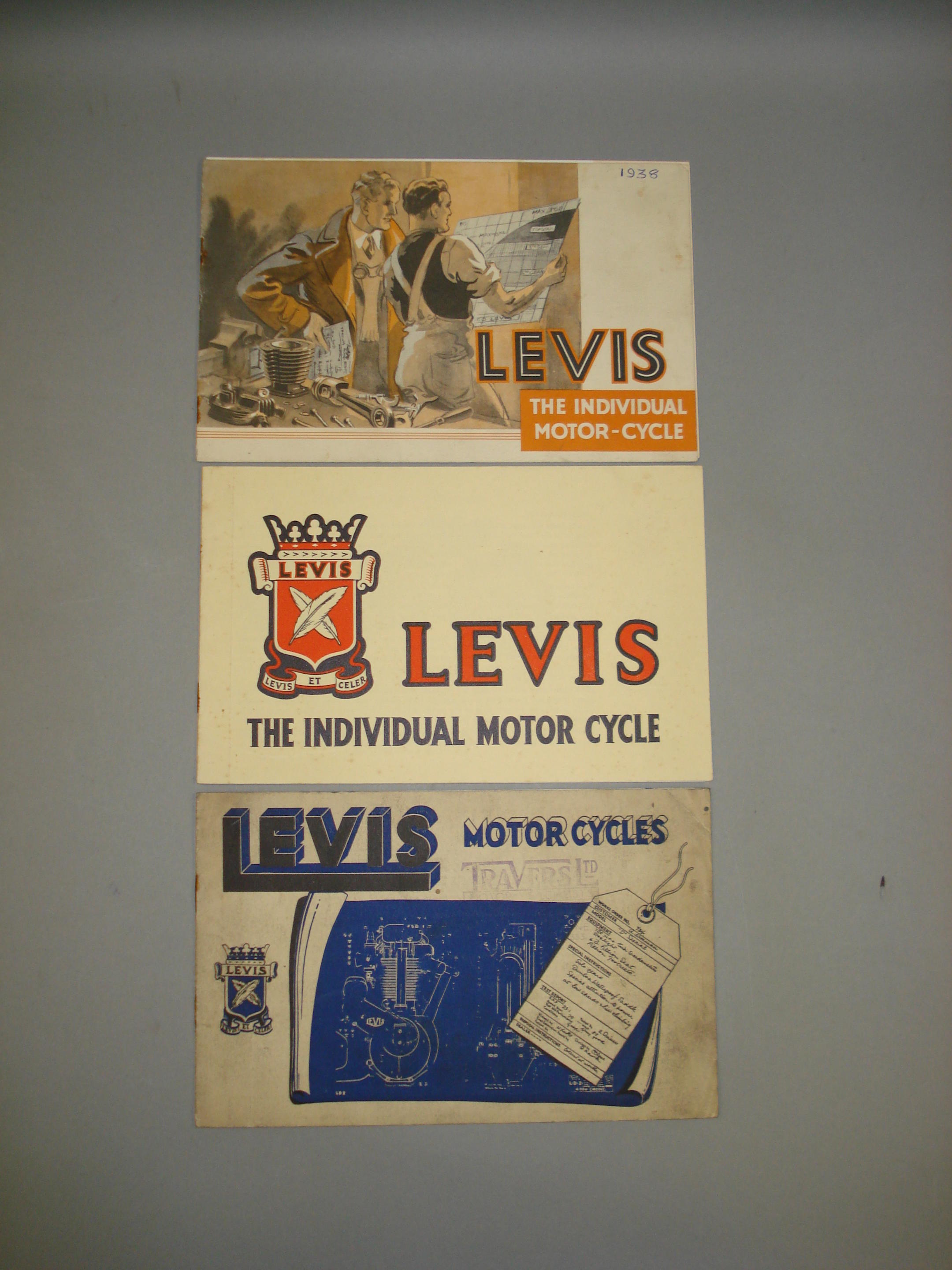
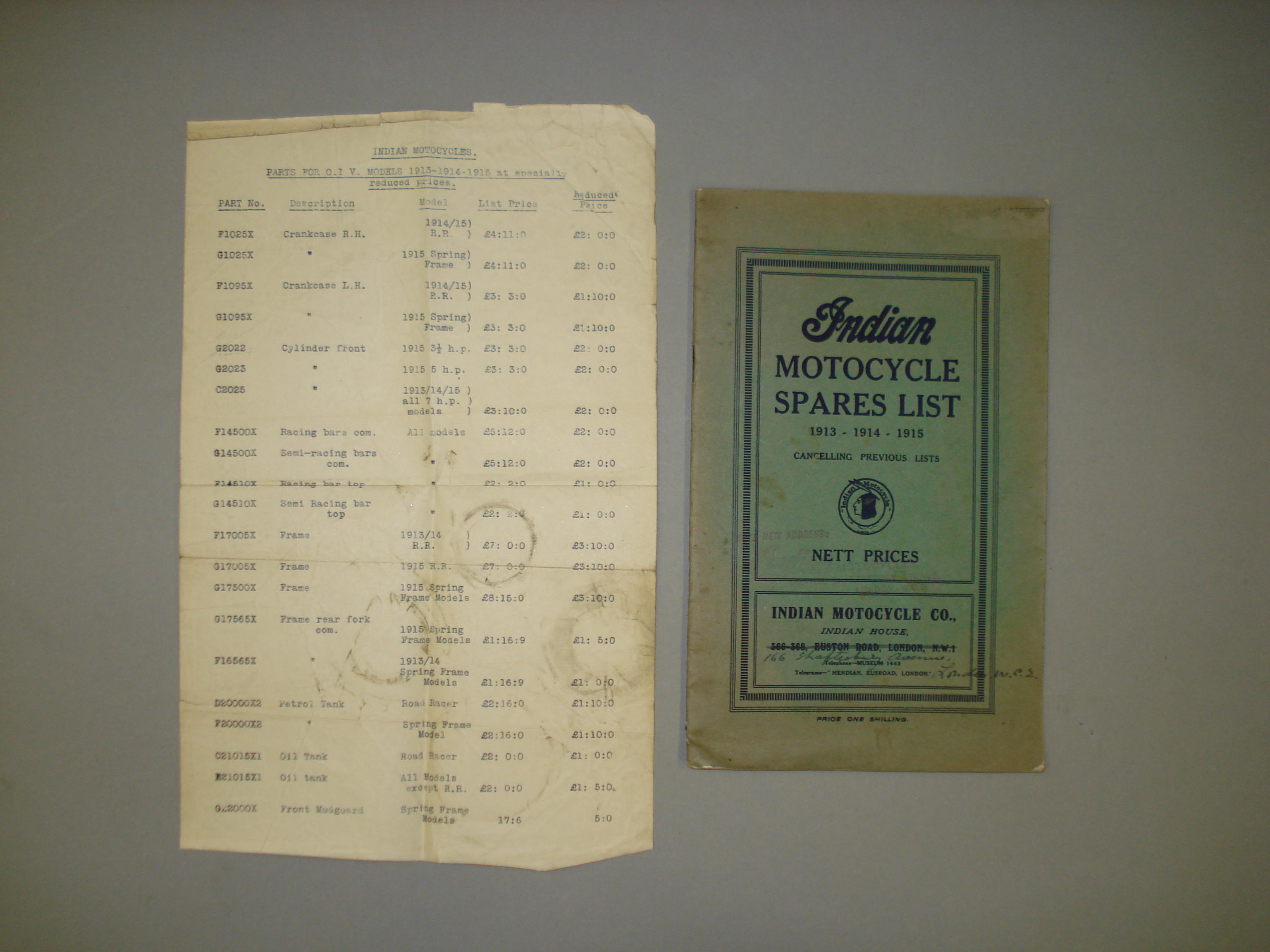
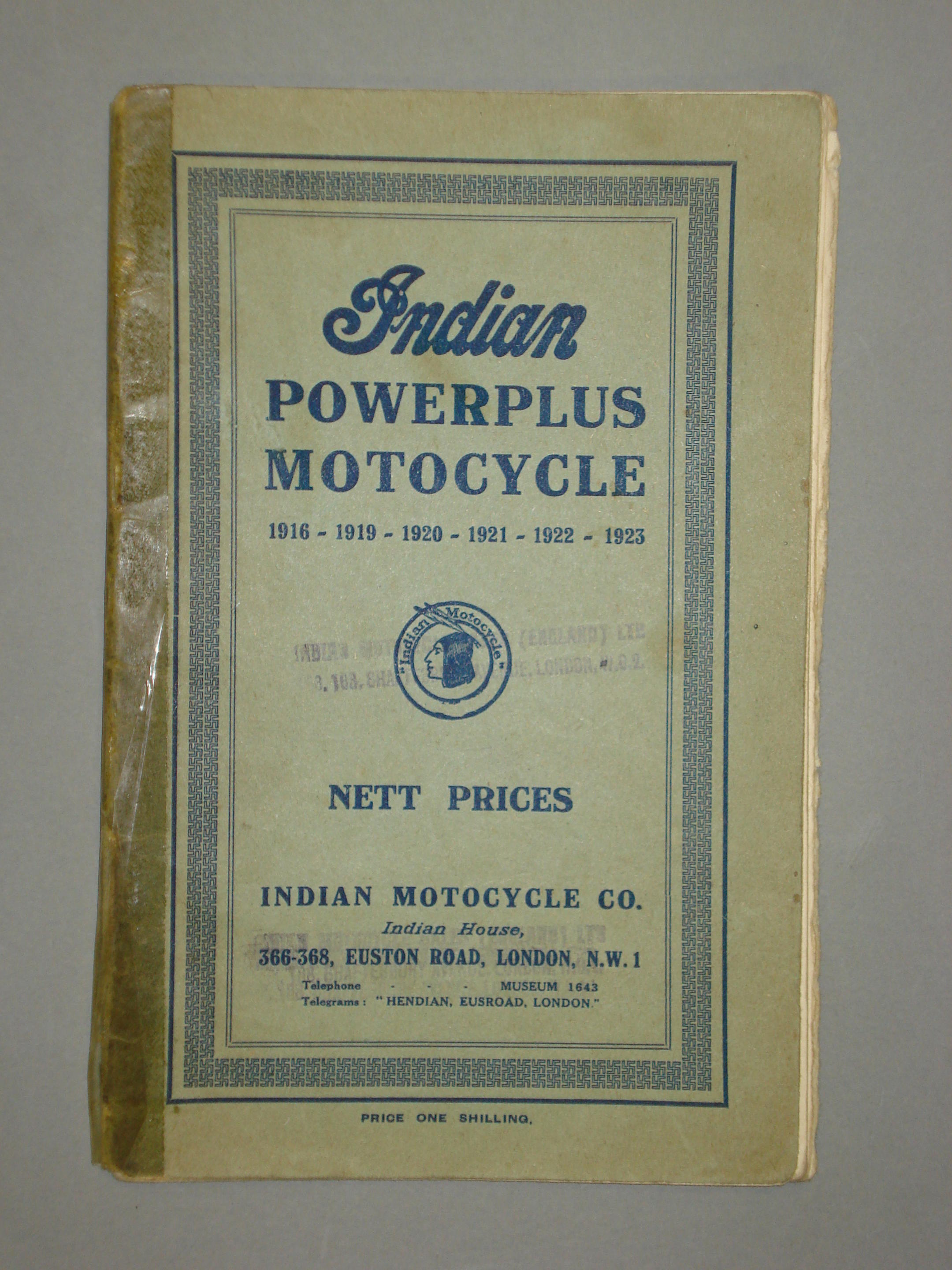
Testen Sie LotSearch und seine Premium-Features 7 Tage - ohne Kosten!
Lassen Sie sich automatisch über neue Objekte in kommenden Auktionen benachrichtigen.
Suchauftrag anlegen